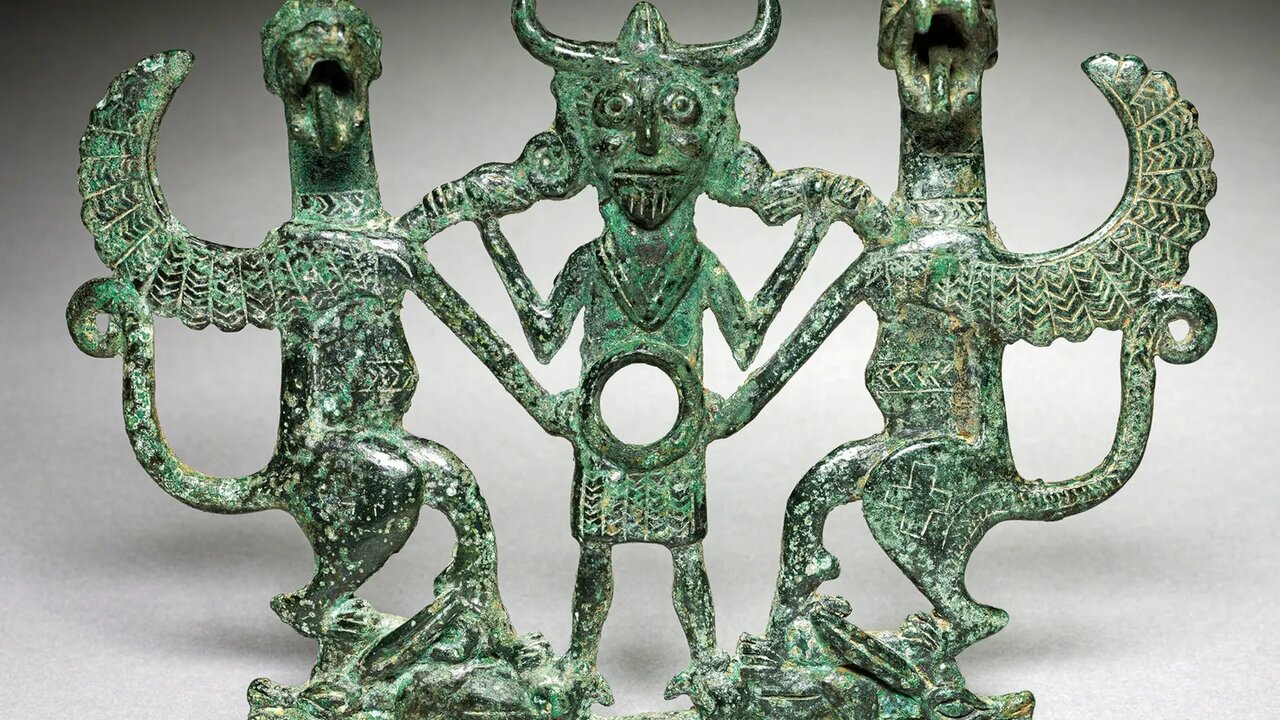Exquisite bronze relics ultimate sign of Lorestan civilization, official says

TEHRAN - Loristan Bronzes, a treasure of small cast objects that date from the Early Iron Age, is an ultimate icon of the Lorestan region in terms of civilization and artistic excellence, a local tourism director said on Sunday.
Ata Hassanpur, who is Lorestan province’s tourism chief, said bronze artifacts, which have been discovered in Lorestan, testify to millennia of human inhabitation in this region, as well as the mastery of art and taste of their creators.
Depicting a wide variety of elements such as horsemen, warriors, and farmers of the ancient world, Loristan Bronzes have been a means of transmitting ancestral arts, traditions, and religious concepts, the official explained.
The official added that the introduction and protection of this eternal heritage of Lorestan was a priority of its cultural heritage directorate.
In that regard, a selection of ten bronze objects was registered on the national list for cultural heritage earlier this month, he said.
The registered objects included a bronze ax with the shape of a human, a bronze ax with the shape of a lion, a sharpener with an antelope pattern, a bronze dagger, a sharpener handle with a horse head pattern, a sharpener handle with a lion head pattern, a pickaxe head.
According to an article published by National Geographic last year, when exquisite bronze figures began flooding the antiquities market in the late 1920s, nobody knew much about them. Artworks of people and animals embossed bronze cups, and delicate pins thrilled dealers, who were awed by their beauty.
Their origins were questioned, but the responses were a little hazy. Dealers would only refer to the Luristan region of the Zagros Mountains, which is now known as Lorestan and is located in western Iran, as a settlement or civilization.
The deluge of Luristan bronzes began in the fall of 1928 in the sleepy town of Harsin, some 20 miles east of Kermanshah. A local farmer uncovered several beautiful bronze objects in his fields and sold them.
Word of his finds spread, and soon the town filled with dealers who bought these works of art and then sold them on to museums and private collections. It was a profitable arrangement that suited many parties, and very little was done to stop it.
Great interest in excavating these bronzes arose among both academics and locals. André Godard, the director of the Iranian Archaeological Service in 1928, described the method used by the locals to detect a site to excavate.
In June 1938, Schmidt’s team explored Surkh Dum, a settlement site in Luristan. Before this dig, unauthorized excavations in the area resulted in the removal of many bronzes, resulting in the loss of valuable information about the site’s history. Local authorities finally put a stop to the looting, and Schmidt focused his efforts on uncovering what remained.
The identity of the people who fashioned these beautiful pieces remains uncertain. Candidates include the early Medes, an Indo-European group who lived in the area, while others advocate for the Cimmerians, a nomadic people who originated in southern Russia and may have moved into Luristan in the eighth century BC.
AFM
Leave a Comment